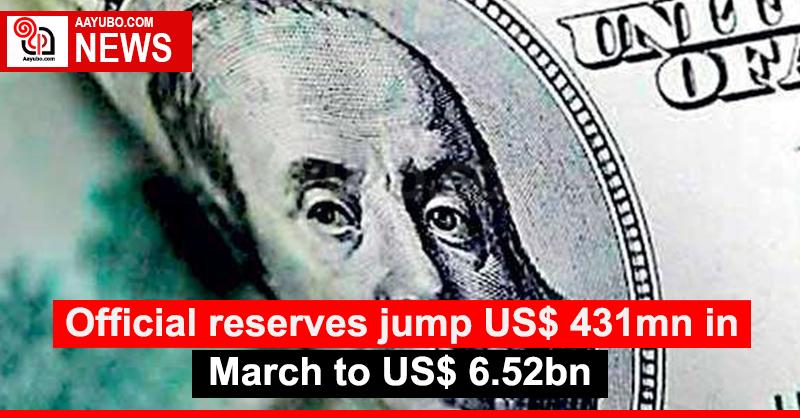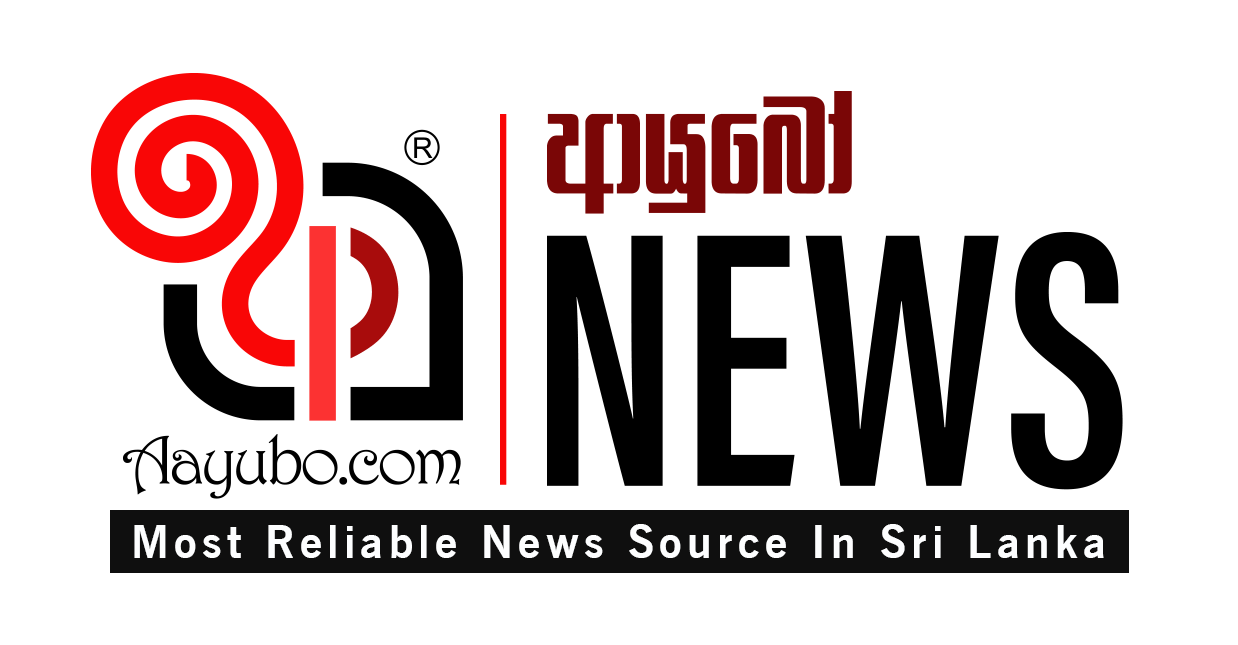Official reserves jump US$ 431mn in March to US$ 6.52bn

Sri Lanka experienced a notable increase in its gross official reserve assets during March 2025, primarily due to the receipt of its fourth programme tranche from the International Monetary Fund (IMF).
Recent data indicates that gross official reserve assets surged by US$ 431 million in March, bringing the total foreign currency reserves to US$ 6,517 million.
According to the Central Bank, this tangible increase was largely attributed to approximately US$ 334 million received from the IMF as the fourth programme tranche under the Extended Fund Facility, which granted Sri Lanka access to a US$2.9 billion economic stabilisation package spanning through 2027.
Furthermore, the Central Bank continued its foreign currency accumulation from the banking sector, purchasing a substantial US$ 401.9 million in March with no corresponding sales.
This represents a significant rise from the net US$ 70.3 million the Central Bank acquired from the domestic foreign currency market in February.
These consistent foreign currency purchases have resulted in total foreign currency absorptions amounting to US$ 484.5 million in the first three months of the year.
The Central Bank recently stated that this intervention was aimed at preventing the Sri Lankan Rupee from over-appreciating.
So far this year, through April 17, the Rupee has depreciated by 2.0 percent against the US dollar.
The Rupee closed at an average of 298.71 against the US$ at the end of trading last week on April 17, remaining unchanged from the previous week but stronger than the Rs. 300.24 recorded a year earlier.
The Central Bank’s capacity to replenish external reserves is being bolstered by stronger inflows from remittances, which reached their second-highest monthly level, as well as robust tourism earnings driven by higher tourist arrivals.
Despite potential near-term risks, such as evolving tariffs from the United States, the merchandise exports have also been steady, while the other services sector inflows have also been faring better, providing much needed heft to the country’s fragile external sector and thereby the broader economy.
58 Views







Comments